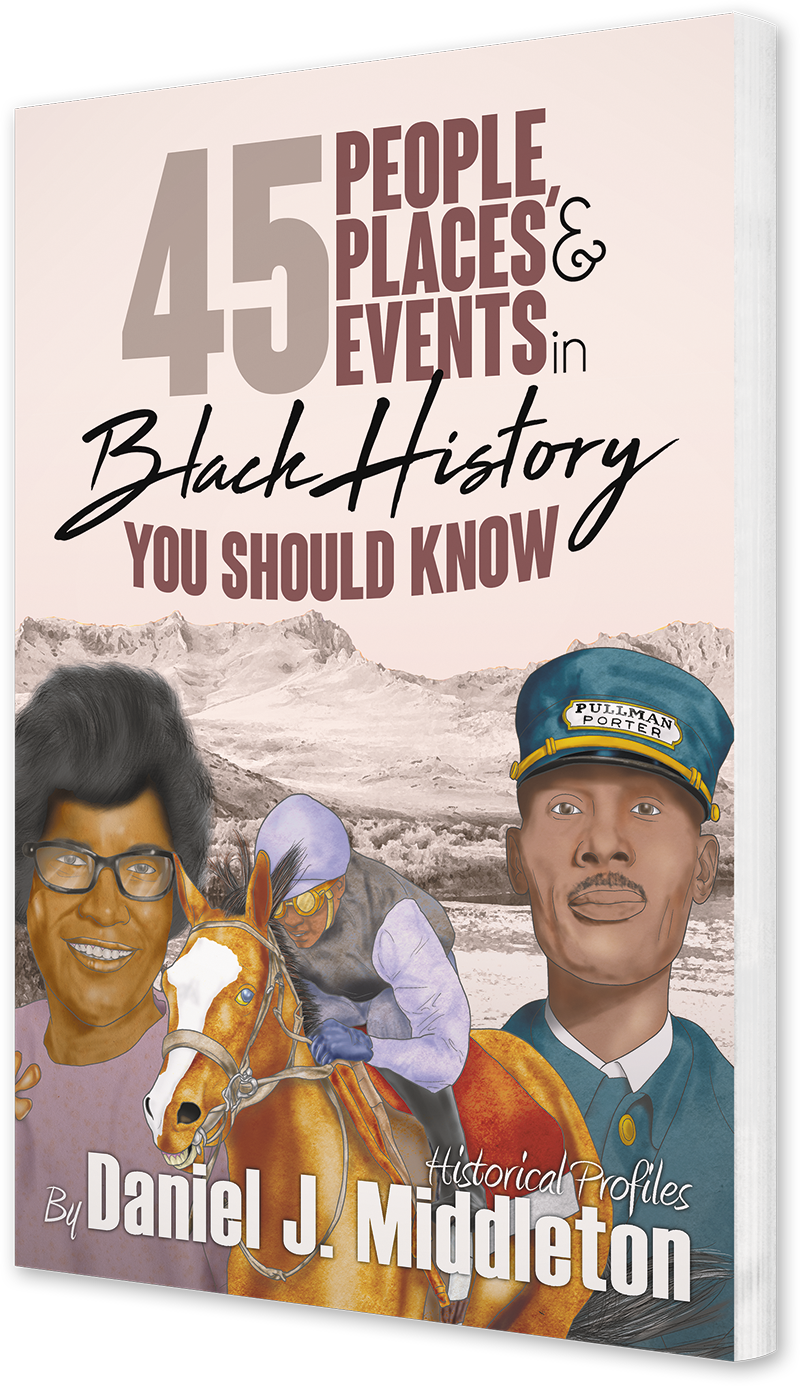1967: The Summer of Riots
A Brief Look Back
Civil unrest erupted on a wide scale during the summer of 1967. Racial tensions reached a fever pitch and exploded into violence in several major American cities. It was dubbed “the Long, Hot Summer,” and streets were filled with rioting amid burning buildings as blacks and whites clashed over issues that still plague black people today.
The outbreaks of violence that erupted in 1967 could be traced back to 1964. On July 18 of that year, six days of rioting ensued after a black teenager was shot and killed by a white off-duty police officer. Following the Harlem violence, rioting spread to other New York neighborhoods, including Bedford-Stuyvesant, Brooklyn’s Brownsville, and South Jamaica, Queens. The year 1964 also marked the first in which race riots erupted in major American cities. Like an unseen epidemic, the spirit of violence and rioting of 1964 soon reached Rochester, New York; three cities in New Jersey; Dixmoor (near Chicago), Illinois; and Philadelphia.
More riots erupted in other northern urban areas of the United States into 1966, including the notorious 1965 Watts riots; the 1966 riots on Chicago’s West Side; Cleveland, Ohio’s Hough neighborhood; and Detroit, Michigan. This activity led directly to the violent disturbances of 1967. Ironically, 1967 was also deemed the Year of Love by white youths of the present counterculture who converged in San Francisco. In the west, white youths expressed free love, and psychedelic drugs and rock 'n' roll defined their era. The picture was quite different for blacks struggling to survive in the east. They forcibly endured the brutality of racist police, undesirable living conditions, and rampant, institutionalized unemployment.
“For nine agonizing months, culminating in September 1967, 34 U.S. states experienced a vicious cycle of violence and disorder.”
The east was bound to see an explosive release of pent-up resentment sooner or later, but it came to full fruition in the summer. For nine agonizing months, culminating in September 1967, 34 U.S. states experienced a vicious cycle of violence and disorder. Over a hundred cities saw a wave of rioting, street fighting, looting, and chaos. City blocks became ruins, thousands were injured, and over 80 people lost their lives. As stated in our article on the Newark Riots, Lyndon B. Johnson launched an inquiry into the cause of the widespread disorder, which was the Kerner Commission, or Report. It found that:
“white racism is essentially responsible for the explosive mixture which has been accumulating in our cities since the end of World War II.”
The report centered that racism on flawed police practices, which were at the heart of the turmoil that stretched at times for days on end. The findings of the inquiry were spot on, but no one paid it any serious attention. Discrimination, segregated education, employment, and housing received blame for creating large concentrations of ghettos in black communities:
“where segregation and poverty converge on the young to destroy opportunity and enforce failure.”
While the Kerner Commission pinpointed systemic problems surrounding race at the core of American society, white citizens ignored those findings, instead opting for police to be armed to the teeth like military personnel. And this is what we see today. So the Newark riots, and all the riots before it, changed American policing in some ways, while many things, including racial disparity, remain the same. Riots are still being seen in America today for this reason.
You may also be interested in:

This article appears in 45 People, Places, and Events in Black History You Should Know.
Available from Amazon.com, BN.com, and other retailers.




In the summer of 1800, a literate enslaved blacksmith named Gabriel planned and organized the most extensive slave uprising in the history of the American South.